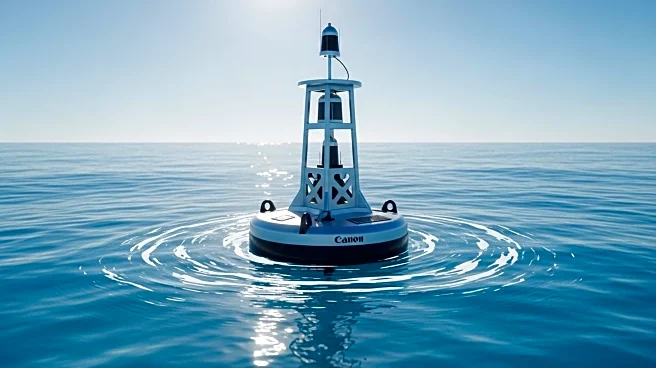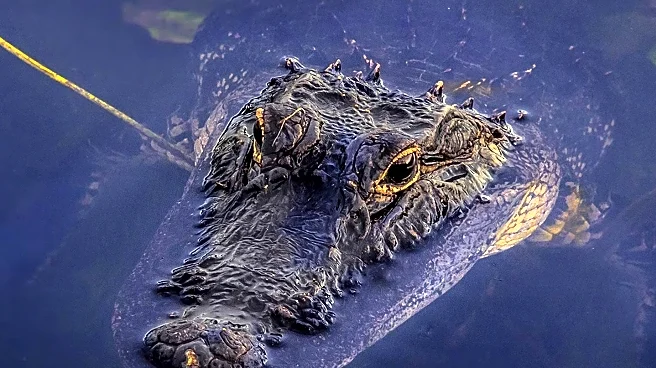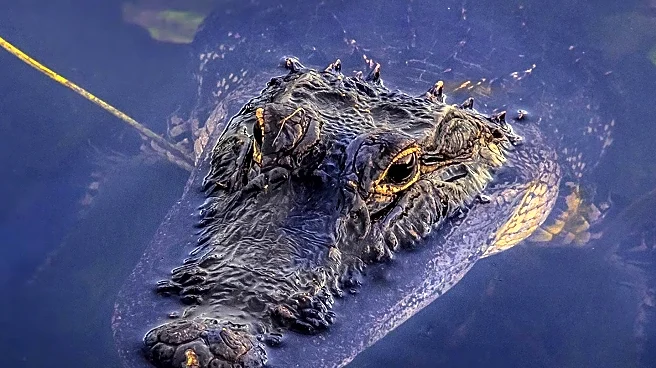What's Happening?
Australia is witnessing an increase in shark bites, though fatalities remain low, prompting scientists and authorities to enhance safety measures. Recent incidents, including a fatal attack on surfer Mercury Psillakis, have highlighted the need for effective shark management. The country is employing various strategies such as Smart drumlines, live tracking, drones, and high-tech wetsuits to reduce the risk of shark encounters. These measures aim to balance human safety with the conservation of shark populations, which are vital to marine ecosystems. The use of non-lethal tagging and tracking methods allows for real-time monitoring of shark movements, providing crucial data for predicting and preventing potential attacks.
Why It's Important?
The increase in shark bites, driven by factors like climate change and increased human activity in coastal areas, underscores the need for innovative solutions to ensure public safety. Australia's approach, which combines technology and research, sets a precedent for other regions facing similar challenges. By improving emergency response and public awareness, these measures not only protect beachgoers but also contribute to the sustainable management of marine life. The integration of technology in shark management reflects a broader trend towards using data-driven approaches to address environmental and safety concerns.
What's Next?
Australia plans to expand its shark management program by incorporating predictive models and environmental DNA analysis to further enhance safety measures. The ongoing development of AI technology to distinguish between dangerous and non-dangerous marine animals will also play a crucial role. As these technologies evolve, they are expected to provide more accurate risk assessments, allowing individuals to make informed decisions about ocean activities. The continued collaboration between researchers, government agencies, and the public will be essential in refining these strategies and ensuring their effectiveness.













